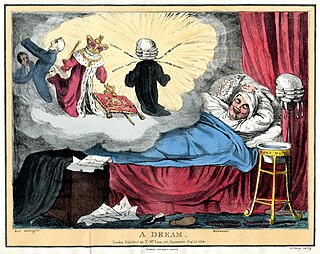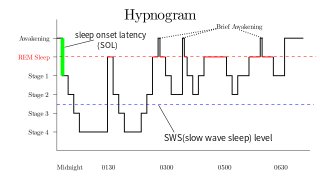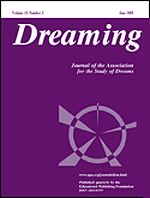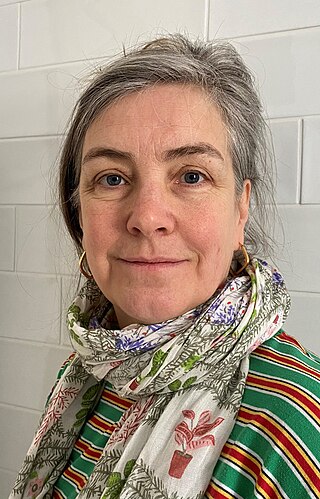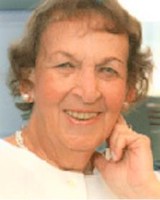Mark Thomas Blagrove | |
|---|---|
 | |
| Nationality | British |
| Occupation(s) | Professor of Psychology; Director of the Swansea University Sleep Laboratory |
| Academic background | |
| Education | The Windsor Boys' School; MA, Natural Sciences, Fitzwilliam College, Cambridge University; PhD, Brunel University London |
| Thesis | The narrative of dream reports (1989) |
| Doctoral advisor | Kuper, A; Hudson, L; Wright, M |
| Academic work | |
| Discipline | Psychology |
| Sub-discipline | Sleep and cognition |
| Institutions | Research Fellow,Loughborough University; Lecturer / Senior Lecturer / Reader / Professor,Swansea University |
| Main interests | Research into sleep,dreaming,memory,learning,and REM sleep |
| Website | Profile at Swansea University |
Mark Blagrove is a British research psychologist who specializes in the study of sleep and dreams. [1] [2]
Contents
- Education
- Career
- Selected research
- Suggestibility
- Sensory processing sensitivity
- Lucid dreaming
- Dream-lag
- Dreaming,metaphor,insight,and memory consolidation
- DreamsID
- Publications
- Books
- Articles in journals
- Other articles
- See also
- References
- External links
He is a professor of psychology at Swansea University in Wales, [1] [2] and is Director of the Swansea University Sleep Laboratory. [3] [4] [5]
